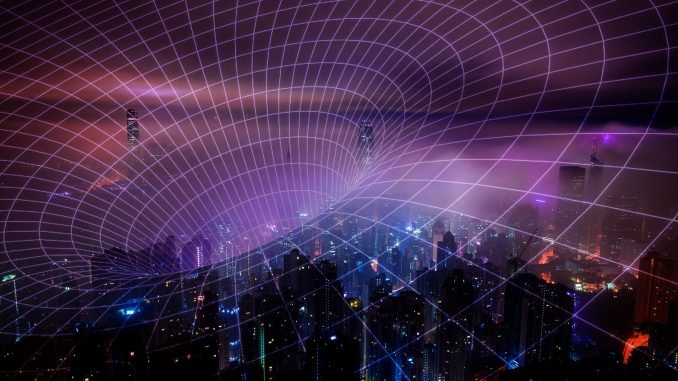
We’ve all heard how 5G is, supposedly, the future. However, 5G has hit the news in the last week – and definitely not for the right reasons!
It’s estimated that there were around 10 million wireless connections in 2019. And, if current trends continue, it’s predicted that this will increase to over 1 billion by 2023.
But, in January, Belgian newspaper Het Laatste Nieuws published an interview with Kris Van Kerckhoven, a general practitioner from Putte, near Antwerp titled, “5G is life-threatening, and no one knows it”.
The article has since been deleted, but it sparked rumours of the dangers of 5G around the internet, which spread at rapid speed – and many have linked it to the coronavirus. In fact, one YouTube video linking coronavirus to 5G has been viewed over 900,000 times! And in the real world, this has led to anxiety, threats, and even 5G masts being set on fire.
But are these theories correct?
Is 5G really a danger to public health?
Keep reading for everything you need to know….
What is 5G?
In the last two decades, we’ve gone from a few basic handsets with 160 character text messages, to high-definition videos being streamed to households all around the world.
5G has been hailed as the next big step in the digital revolution, improving internet speeds for all! It has potential download speeds of up to 10-20GB per second – although, realistically, this may be less.
It’s also meant to be much more reliable, especially for those living in big cities and crowded regions, as it can cope with up to a million devices per square km. And, with the predicted growth in the Internet of Things being so high, faster connections are a must.
At the moment, most major providers have switched on 5G networks. However, coverage is patchy and currently only available in a handful of places – mostly large cities.
Myth vs reality
Despite claims that 5G could be a risk to public health – and maybe even be the cause of coronavirus – scientists insist the signals don’t have any adverse health effects.
Basically, they say it’s fake news.
Studies from the World Health Organization, Public Health England, the FDA and many independent groups have found 5G isn’t harmful and, as long as exposure is below the international guideline levels, adverse health effects are extremely unlikely.
5G signals use non-ionising radiation and the wavelengths have lower frequencies than gamma rays, ultraviolet radiation or x-rays. This means, unlike higher frequency waves, it doesn’t create enough energy to damage your cells or cause cancer
It’s also noted that any location above these levels, including close to signal masts, are not accessible to the public. Although, if a high number of small masts were built in a small area, this could be cause for concern.
However, the current consensus from health professionals is that 5G isn’t dangerous. And advice from the FDA says, “that the weight of scientific evidence does not show an association between exposure to radiofrequency from cell phones and adverse health outcomes.”


Leave a Reply